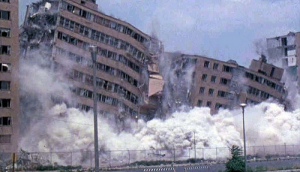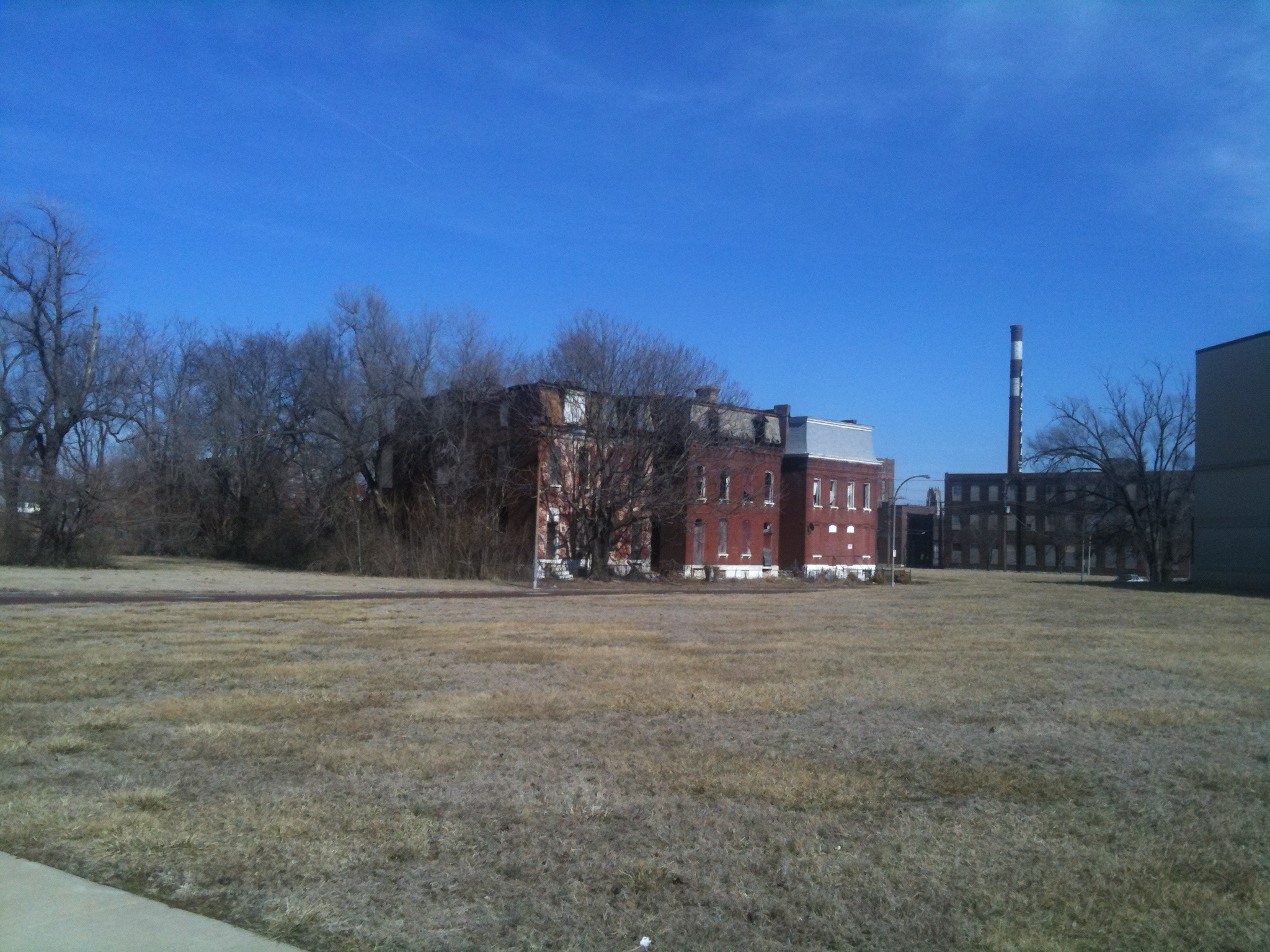A Placemaking Journal
Pruitt-Igoe: More ego or opportunity for vocational penance?
The restoration of degraded, traumatized, and distressed communities has been a high priority for the Obama Administration. The EPA, HUD and DOT are all allocating revitalization funds for places as large as Detroit and Cleveland, and as small as Ranson, West Virginia.
That’s the kind of solid support needed at the big picture level, where communities can be considered — and treated — as the living organisms they are. But what about revitalization at a smaller scale? Because that’s when it stops being about the relative health of the collective and gets down to the level of individual lives.
Real people.

To me, the infamous Pruitt-Igoe housing project in St. Louis, Missouri — destroyed in a dramatic and highly publicized implosion in 1972 — is a simpler, more explicit microcosm of Detroit and Cleveland’s “receding city” scenario. Lasting only 16 years, it is often cited as the beginning of Post-Modern urban theory and is referenced as perhaps the most vivid symbol of modernist architecture’s failure with urban renewal politicians and policy makers.

Today, it’s reemerging within our professional consciousness through the release of a new movie, “The Pruitt-Igoe Myth,” now being shown at film events across the nation, and has been further amplified by its mention during the 10-year anniversary of 9/11, as the same architect, Minoru Yamasaki, also designed the Twin Towers in NYC.
Next year, a St. Louis housing collaborative is hosting a design competition to observe the 40th anniversary of this idealized modern failure. And, once again, this now vacant site will be used as an experimental area to test the latest urban design and planning models being propagated by Harvard School of Design Landscape Urbanists, by New Urbanists, and others.
Literally and figuratively, the site is located on dangerous ground. Steve Mouzon and I toured it last winter and we were amazed at the level of poverty and insecurity in the vacant/blighted blocks surrounding the site. I am not going to pretend that I have keen insight on the cultural context, but the area certainly appeared to be a place that deserved our collective help — fallow ground in need of healing and renewal.

I see the Pruitt-Igoe spectacle, now spanning 56 years, as a tremendous opportunity to test the New Urbanism’s current orthodoxy. Revitalizing this redevelopment project using the movement’s ever-evolving and refining principles would illustrate why some of our contemporary approaches (agrarian urbanism, security-and-survival, complete neighborhoods) are relevant. Not just as conduits to cultural, environmental AND economic value, but in the lives of very real people.
It’s too soon to say where this story will lead, or the degree to which the real people calling this place home will be respected and engaged but, leaving St. Louis, I felt like the AIA, APA and ASLA owed Pruitt-Igoe some sort of restitution or penitence for the damage they propagated on these citizens. This restitution approach would make for a tremendous marketing opportunity to shake business-as-usual planning and design at its base (as if the economy wasn’t enough). And it would finally turn a critical eye on these professional organizations, whose response would either make them more accountable in the future or reveal them as irreparably insignificant.
Speaking as an individual, of course.
–Howard Blackson







